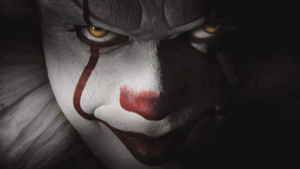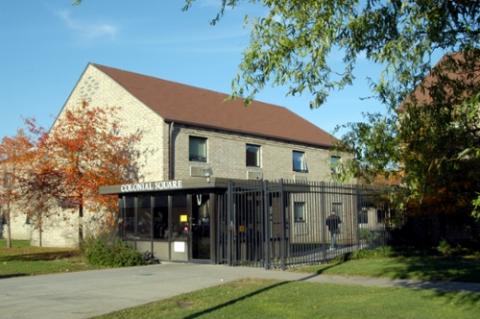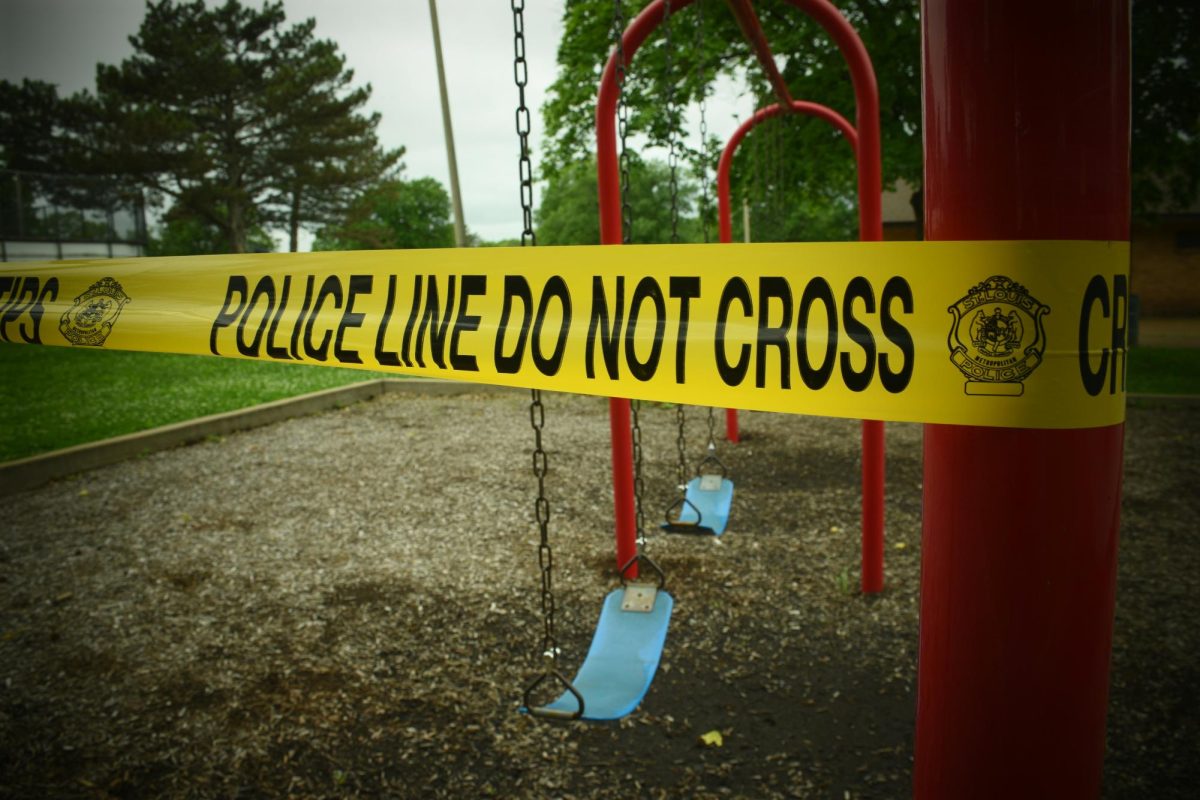
by Daniel Nguyen
Staff Writer
The newest adaptation of Stephen King’s 1986 classic horror novel “It” sees Director Andy Muschietti blending juxtaposed styles into a mismatched jambalaya of sweet horror. At times recalling the coming of age tale “Stand By Me,” also a King adaptation, “It” revolves around a band of social outcasts known as the Losers Club in the small town of Derry, Maine, as they struggle in a game of survival against Pennywise, one incarnation of the shapeshifting force of evil known as the titular “It.” The movie’s surface-level conflict between the killer clown and kids belies a complex interplay between themes of sex, violence and authority.
Other than the explicit horror of Pennywise the Clown, played with frenetic magnetism – thanks to Bill Skarsgaard – “It” communicates to audiences the creeping horrors of growing up. In each Losers’ initial encounter with Pennywise, an individual fear is realized. For Eddie (Jack Dylan Grazer), a hypochondriac, “It” appears as a limping leper characterized as a “walking infection.” Other incarnations include a living portrait resembling a misshapen Modigliani, a headless boy and Pennywise itself. As an exposition device, these encounters work excellently, providing information on the characters while developing the film’s themes. However, the constant scares early on decrease the poignancy of Pennywise’s later appearances. Indeed, the terrifying prospect of a shapeshifting evil clown starts to lose its effect as viewers begin to expect the various transformations.
But perhaps this is a part of the film’s aim. As the group discovers, staying together weakens Pennywise, or at least renders them invulnerable to the clown’s physical effects. It’s through the manipulation of perception that “It” isolates and offs its victims. As the movie progresses and the scares become more familiar, the movie-going audience experiences a visceral parallel to the invulnerability felt by the Losers themselves: that of diminished fear.
The overall horror of “It” seems to lie in the subsuming of childhood rather than the images presented on screen. “It” lives in a small world of constant change and imagined fears, much like childhood. On the other hand, the movie portrays adulthood as a realm of realized fears and permanence, of grotesque lifestyles and sordid impulses. Every single adult seen on screen exudes malignant excess connected to the children’s developing sense of independence. While the children’s view of warped adulthood manifests in the momentary visible shock of Pennywise’s illusions, the creeping shock of growing up is left to percolate in audiences’ minds far after the screen fades to black.
The bonds between the children and their experiences during this pivotal summer echo across the dark screen as “It” comes to an end and an unexpected addendum appears: a subtitle in white font, “Chapter One.” With this closing announcement, “It” teases the possible repercussions of the summer on an adult Losers’ Club. Seeing how the children of Derry deal with the trauma of their experiences as adults will be one of the more interesting factors to look forward to in Chapter Two.







